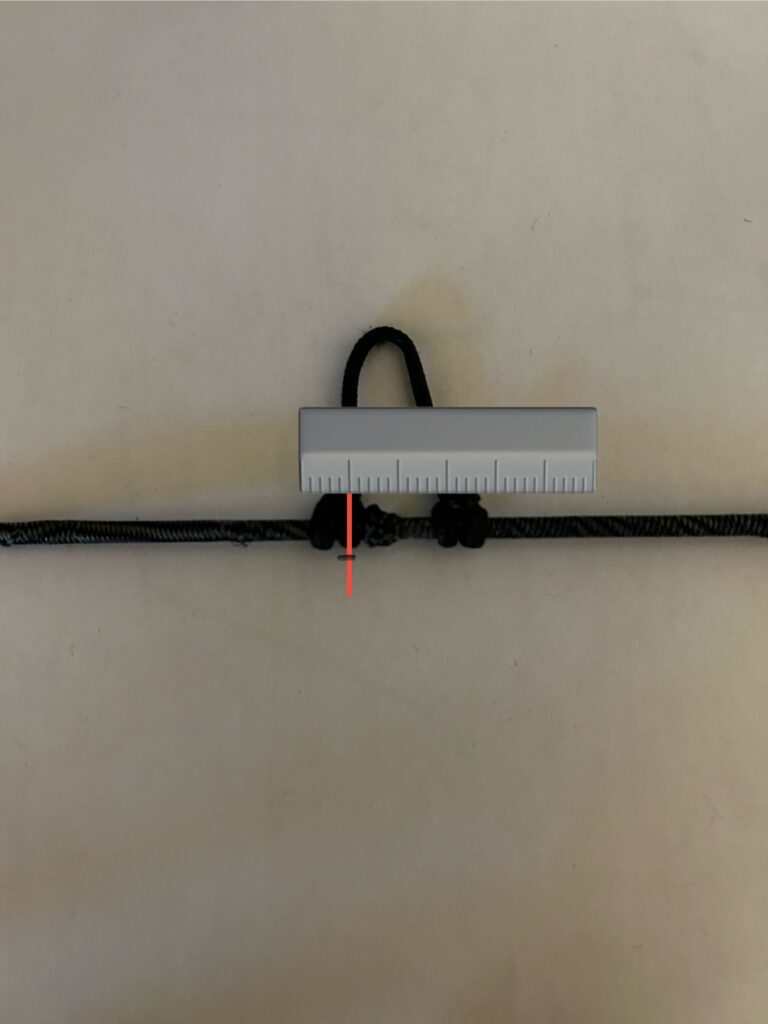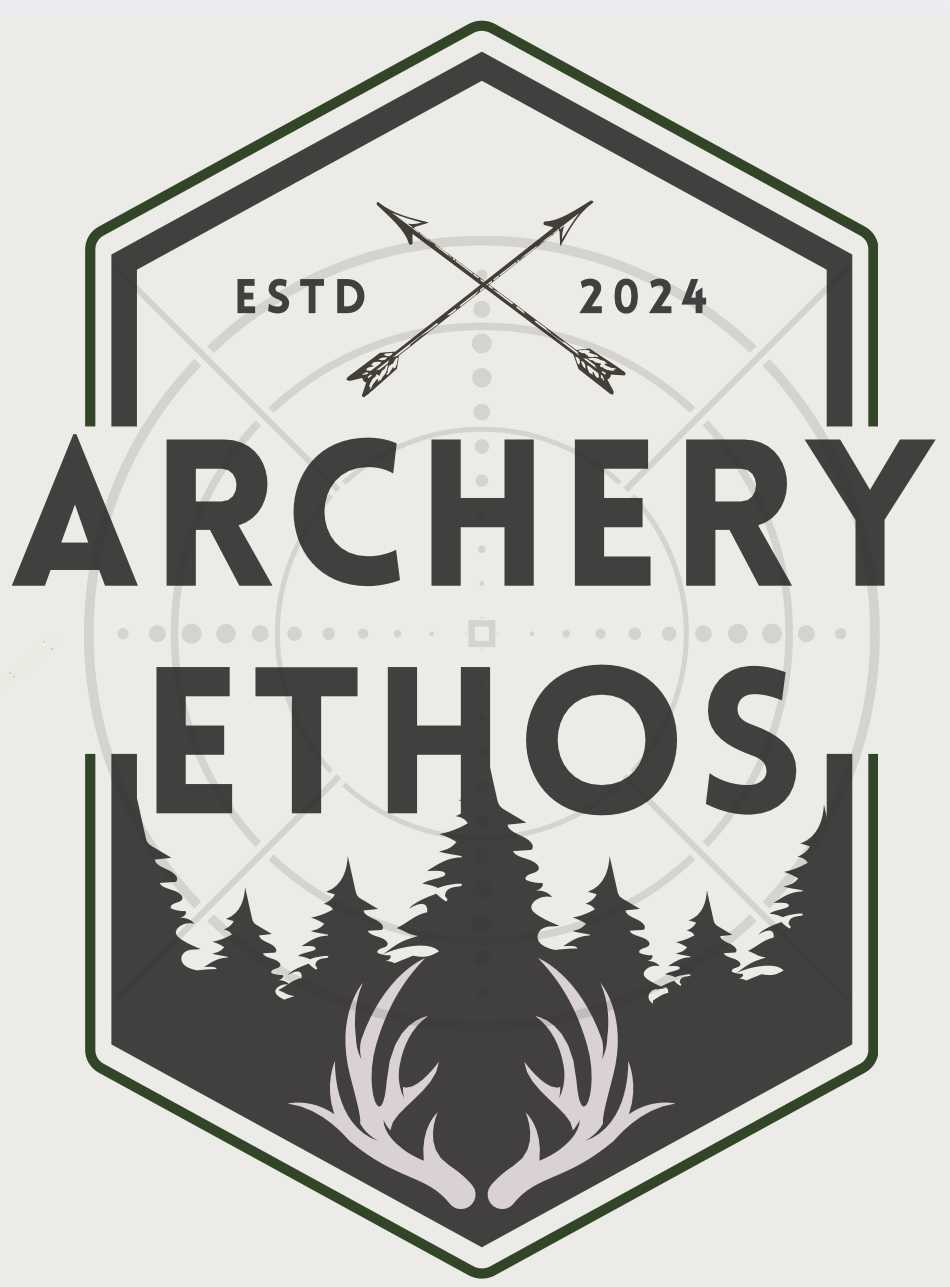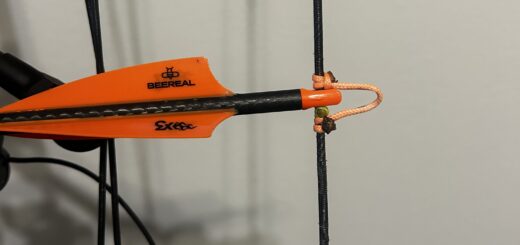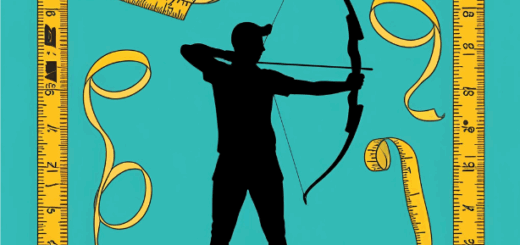D-loop height. One of the keys to steadier pin float!
Optimization of the nocking point is an often overlooked step in the setup of a bow. Most archers never give a second thought to how and where their d-loop is tied. Even those archers who tie their own d-loops often don’t take nock point into consideration. However, the location of the d-loop has a dramatic affect on pin float and the over all feel of your bow. In this article we are going to go beyond just setting your nocking/d-loop height so that your arrow goes through the center of the Berger hole.
Why does d-loop height matter so much?
The height of your d-loop determines which cam you are pulling from the most. This affects your pin movement a lot! By biasing which cam you are pulling from the most, you will create more stability at full draw. I’ve found that I am more stable when my d-loop is 1/4″ above center.

Pulling more from the top cam will pull your bow upwards. Likewise, pulling more from the bottom cam will make your bow feel heavier. If you are an archer whose pin always seems to settle below the bullseye, optimizing your nocking point will undoubtedly lock your pin onto the same level as your aiming point.
Finding your ideal d-loop height.
Finding the nock height that is perfect for you is actually pretty simple. Start by simply tying on a d-loop with no soft knots. ensure that your d-loop is directly between your bow’s axels to begin with. Next, draw the bow back and observe how your pin behaves on target. Does it dip below your aiming point? Try moving it up slightly. Does it rise? Try moving it down.
As you are moving the loop up and down, take note of exactly how your pin behaves at each nocking position. What you are looking for is the most stable pin float possible. You shouldn’t have to fight the weight of the bow to keep it on target. Your pin should naturally settle on the center of the target. You should also make sure that you are comfortable at full draw with the position you pick. After you have found the d-loop position you like the most, you can mark where your nock sits, spread the d-loop apart, and tie in your soft knot(s).
Tips and tricks
It’s difficult to get the d-loop to slide up and down the string in small enough increments by just pushing it. If you are struggling to get it to move easily and consistently, try twisting the entire d-loop around the string. The loop will follow the twist of the center serving up and down the string in a small and consistent manner that will make the process much easier. When you are trying to find the correct d-loop height, take the weight off of your stabilizers. This will better show you the uncorrected movement of your bow.
I hope you have found this article helpful. As with everything I post, please feel free to provide additional insights related to the post in the comments. I don’t know everything and I could have gotten something wrong or over looked something important in the article. So, don’t hesitate to enlighten me and fellow readers with your own insights. Thank you!


